Let’s face it, jewelry markings can be confusing, some items are marked, some aren’t and even when marked they can be hard to decipher. Before we go down this rabbit hole, we need to differentiate between maker’s marks and content marks. Makers marks reference the designer or company that designed or produced the product. Content marks describe what the item is made of. Maker’s marks often include assay and date marks on fine jewelry. Because there are tens of thousands of makers and almost as many markings, we will leave that to others more versed in the study of jewelry makers.
Today we are discussing in layman’s terms the marks found on jewelry that identify what the item is made of, be it gold, silver, or something else. Keep in mind that not every item is marked and not every mark is accurate. There is an unfortunate number of falsely marked items on the market. If in doubt, consult with a reputable jeweler. That does not mean you shouldn’t buy an unmarked item or one that may be falsely marked. Jewelry is something we buy because we enjoy it, not out of necessity. So if you love it, buy it.
Jewelry markings go back as far as the 1200s in Great Britain and France, originating with King Louis IX of France and Edward I of England. The origin of these markings was for the protection of consumers from fraud; to ensure that what the buyer was getting was authentic as stated and not fraudulent.
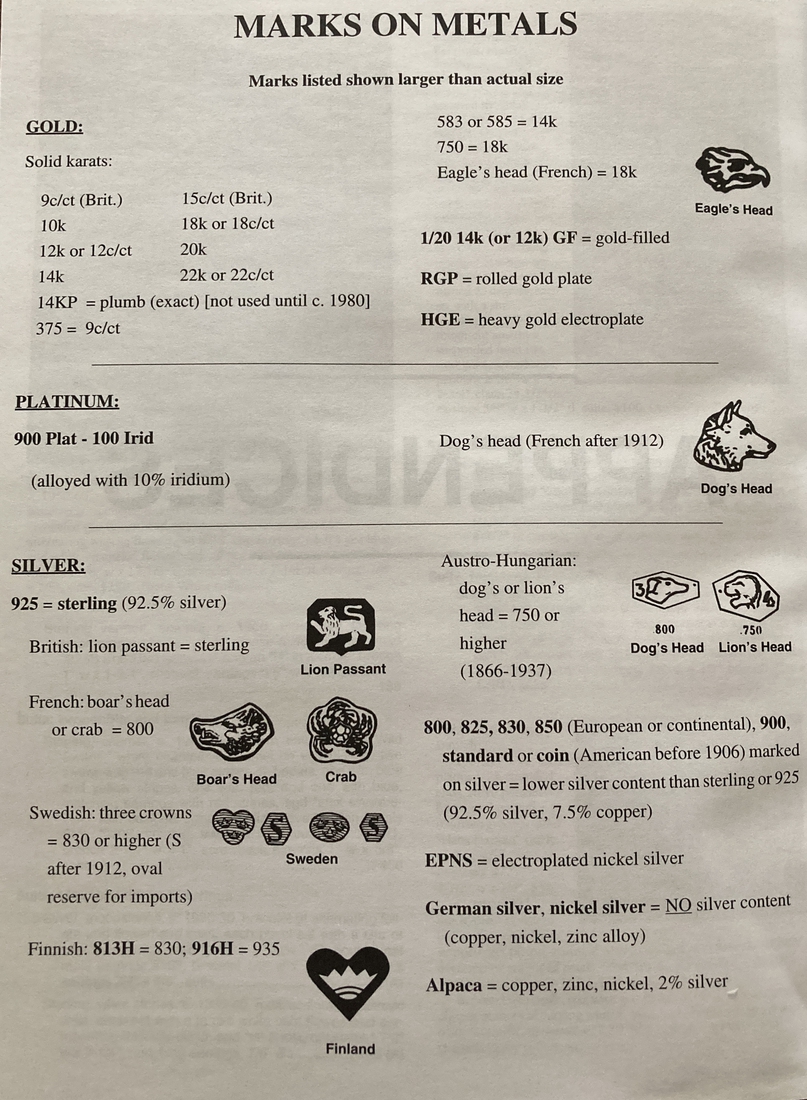
Standard Gold Marking:
A quick primer on gold markings: In the US gold is measured in Karats broken down by parts of 24. For example, 18k gold is = to 18/24 = 75% gold. 24k gold is 24/24 = 100% gold. Items marked with a “c” or carat rather than “k” are of European origin. There is another measurement more often used by European nations known as Fineness which is measured by decimals. For example,
- 75% gold would be 750 or 18k, so the equivalent of 14k would be 585, and so on.
- 14k
- 18k
- 15k More common on very old items European items.
- 10k
- 9k Commonly used by the British Commonwealth in Victorian times.
Standard Silver Markings:
Sterling markings follow the Fineness scale similar to gold. The standard for silver is 92.5%, hence the 925 markings we are familiar with. Not all silver is of the same purity so you may see other numbers.
- Sterling, STG, or Ster
- 925
- 835
- Silverplate or Silver Electroplate sometimes marked as SE
- Nickel Silver, Alpaca, German Silver: None of these markings mean an item contains silver. They are a mix of copper, nickel, and zinc, of which copper is most often the dominant metal.
Standard Platinum:
- Platinum uses the same fineness scale as gold so you may see platinum marked as PT900 or 900 Plat or simply marked Platinum.
- Palladium is similarly marked, both metals are most often 95% pure.
Markings for lesser metals:
- HGE: Heavy Gold Electroplate
- 1/20 12k/GF” 12 karat Gold Filled meaning 12 karats of gold make up 1/20th of the item’s total weight.
- RPG: Rolled Gold Plate is a gold plate that is less than 1/20th of the item’s total weight.
- Gold Plate or Gold Electroplate are usually reserved for plating that is 10k or less, sometimes marked as EPG.
- Vermeil: Gold plate over Sterling silver: Vermeil is at least 10k gold over 92.5 silver.
- Nickel Silver, German Silver, Alpaca: A copper alloy made with zinc and nickel that is silver in color but does not contain any silver.
- Copper: Copper jewelry does not usually carry material markings.
For detailed information on maker’s marks and further identification of vintage and antique jewelry, Lang Antiques has an Antique Jewelry University filled with detailed information free of charge.
Looking for more info on vintage jewelry? We wrote about Identifying Bakelite and The History of Cameos. We do love our jewelry.
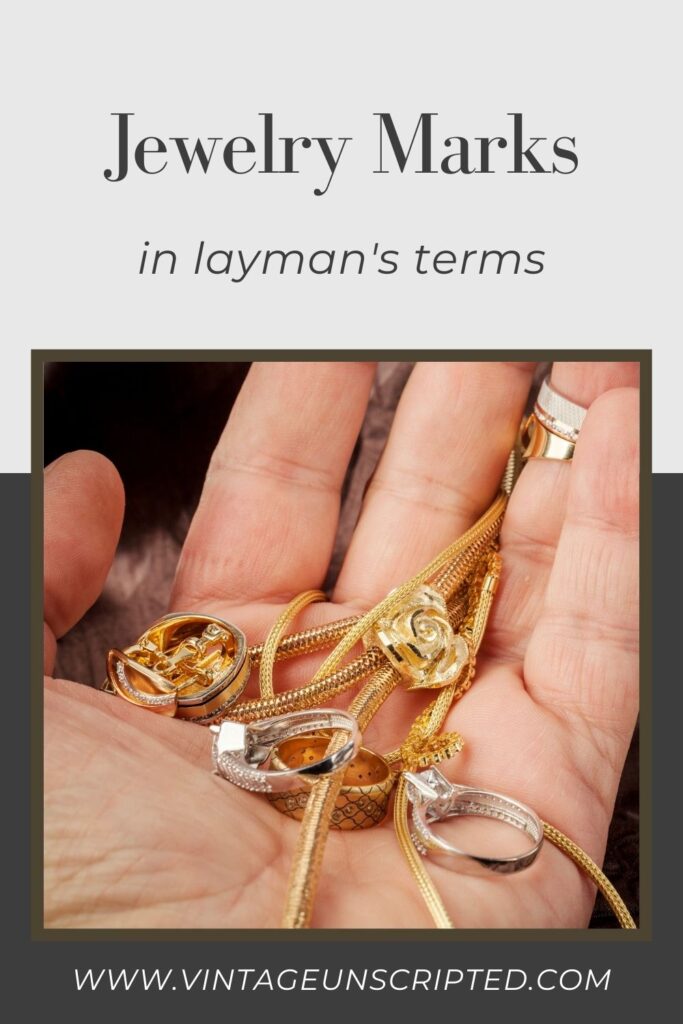

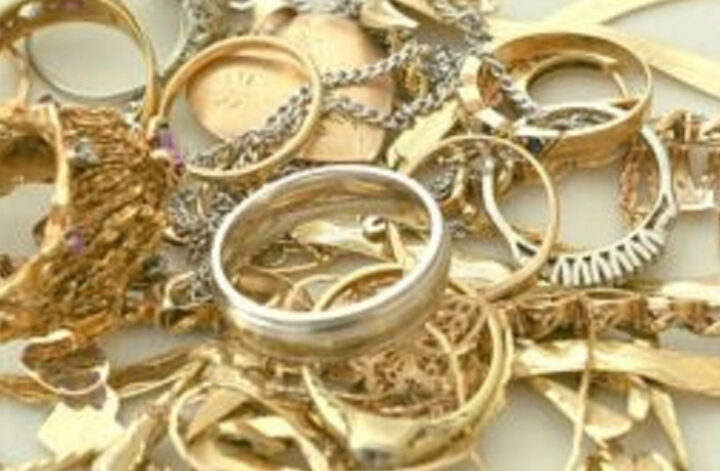


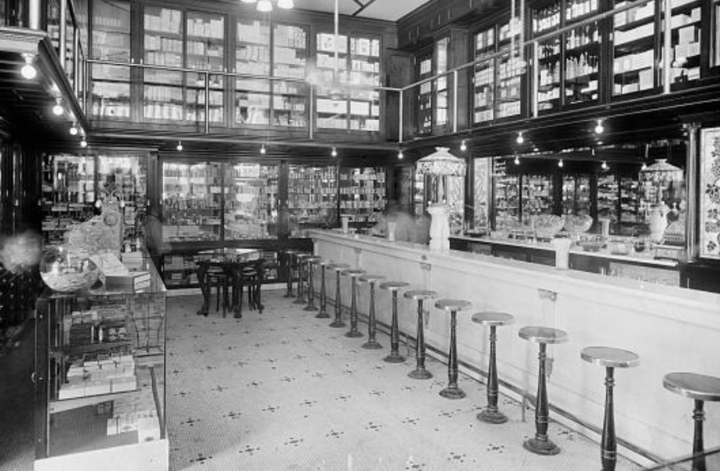
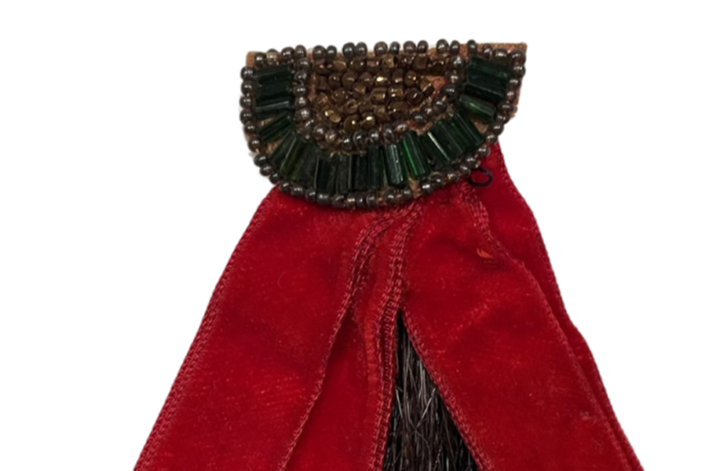
2 comments
Thank you for your wisdom and I love your links which helps me a lot as I do not sell much jewelry,
You’re welcome, I’m always here to help you Mary Ellen.